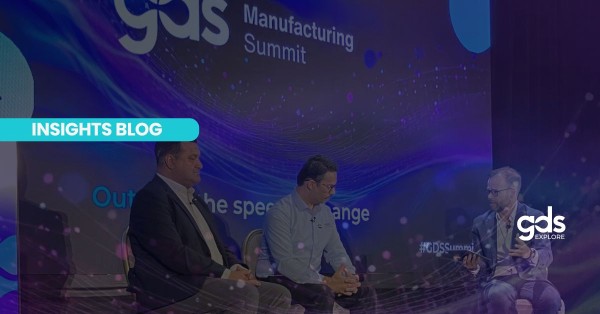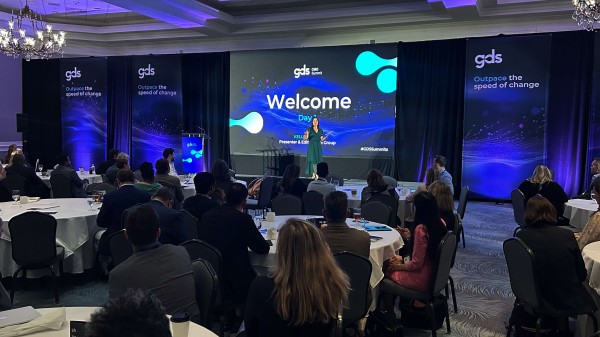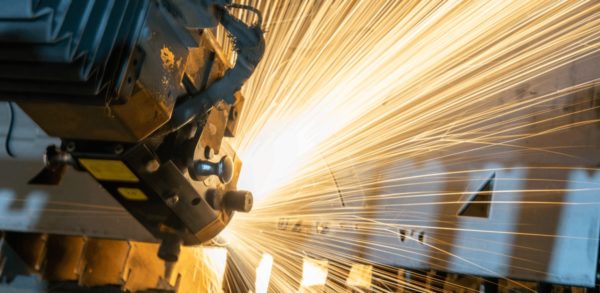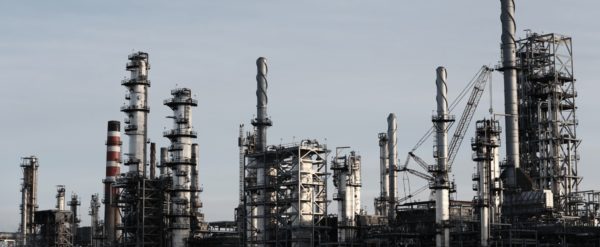Thanks to smart manufacturing, industries are rapidly evolving. Imagine factory workers using special glasses that show them step-by-step instructions, or machines that can predict when they’ll need repairs before they break down. This is happening right now in factories around the world.
These new tools are changing how things are made, from cars to smartphones, in turn making factories smarter and more efficient.
But with these exciting changes come new challenges. Factory owners need to figure out how to use these technologies, train their workers, and keep up with the latest innovations.
Here are some insights from the conversations we’ve been having with senior executives on the hurdles companies face when trying to use new technologies:
- Integration with Legacy Systems: Many factories struggle to integrate new technologies with existing infrastructure.
- Workforce Adaptation: The shift towards high-tech manufacturing requires a skilled workforce.
- Data Management and Security: With increased digitalization comes the challenge of managing and securing vast amounts of data.
- Augmented Reality in Action: AR technologies are proving to be game changers on the factory floor.
- AI-Driven Predictive Maintenance: Artificial intelligence is revolutionizing equipment maintenance.
- Digital Twin Technology: Creating virtual replicas of physical assets is gaining traction.
- Advanced Robotics and Cobots: Collaborative robots (cobots) are changing the nature of human-machine interaction in manufacturing.
Join our upcoming Manufacturing Summit in New Orleans, to explore data-driven decision-making, sustainability, and the future of work in smart manufacturing. We’ll be welcoming senior peers from organizations including Nestle, Bosch, and Siemens to share their wealth of knowledge.

As well as a keynote presentation by Noel Kinder Former Chief Sustainability Officer, Nike, on his journey from confronting Nike’s sweatshop crisis to shaping one of the most comprehensive ESG strategies in the industry.
Through real-world examples, you will learn how sustainable practices in labour relations, waste management, and supply chain optimization can drive efficiencies and even serve as a catalyst for profitability.











